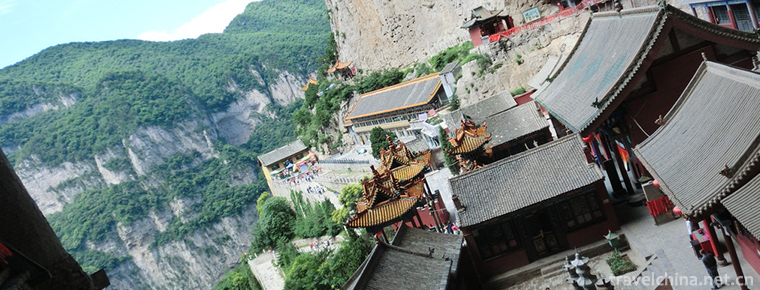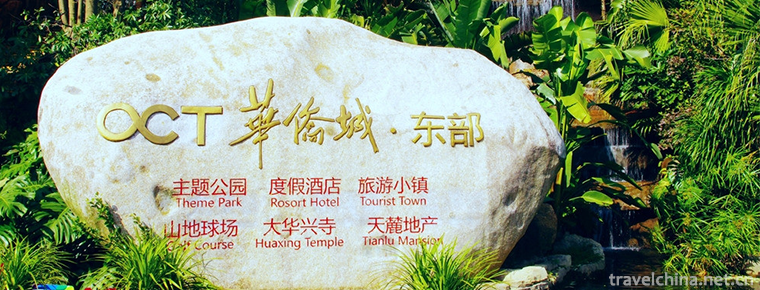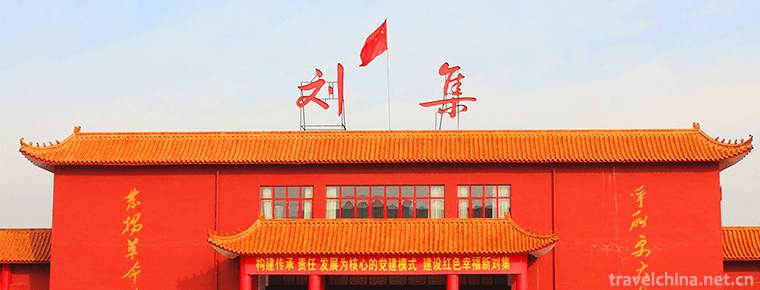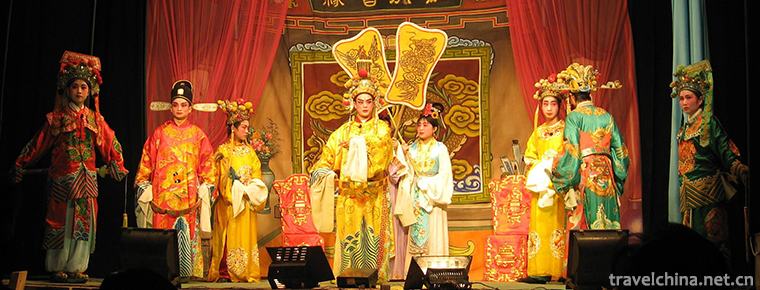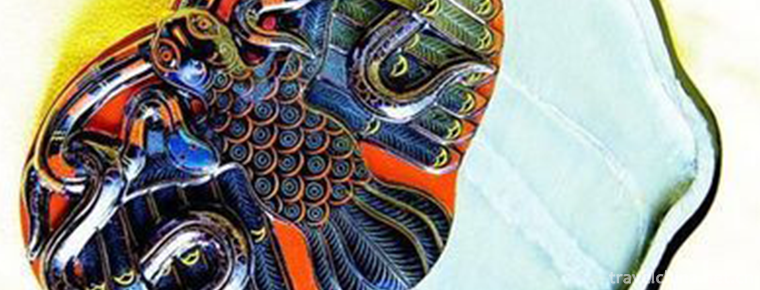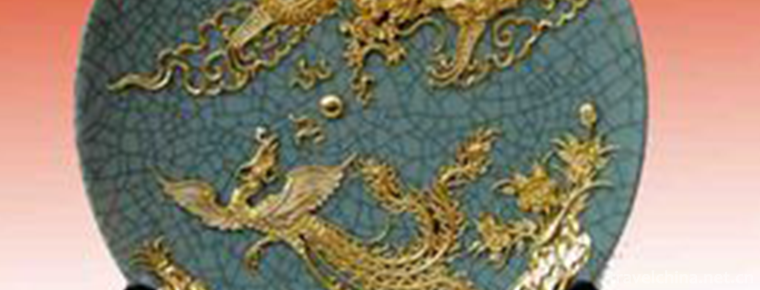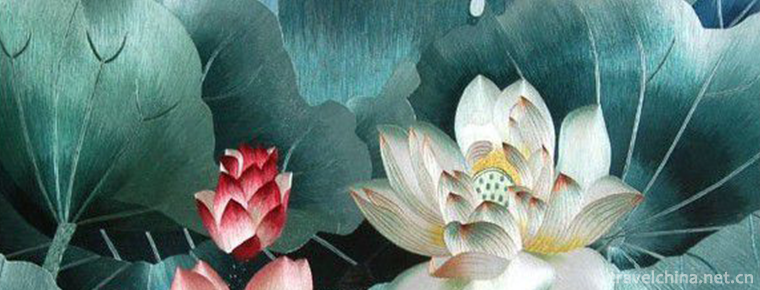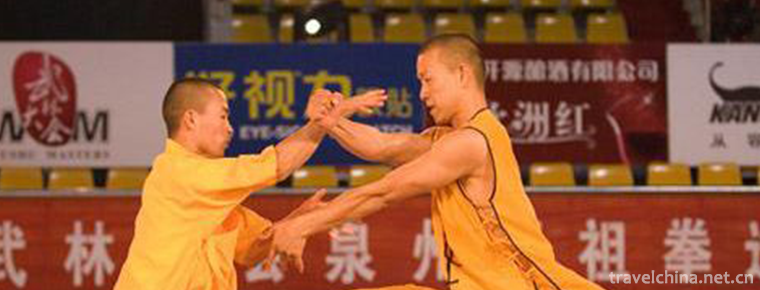Qingjiang Gallery Scenic Area
Qingjiang Gallery Scenic Area, National AAAAA Class Tourist Area, National Geopark, National Forest Park, Ten New Brands of National Cultural Tourism, Ten Best Scenic Areas in Hubei Province, and Hubei Provincial Ecotourism Demonstration Area.
The Qingjiang Gallery Scenic Area is located in Longzhou Ping Town, Changyang County, Yichang City, Hubei Province. The Qingjiang River is the mother river of Tujia people. It sprinkles 800 Li like a blue drifting belt across the mountain and across the gorge. It traverses more than 10 counties and cities in southwestern Hubei. It forms a wonderful natural landscape of 386,000 mu of Yijiang Lake in the Qingjiang River Basin. Unique karst landform, peaks, straight into the sky, hundreds of emerald-like islands scattered in the lake, brilliant green beads.
Qingjiang Gallery Scenic Spots, such as Daijiang Smoke Popular, High Gorges Green Forest Trail Secret, known as the Qingjiang River Three Gorges of the Yangtze River, Guilin Lijiang River of the Qing Dynasty, Hangzhou West Lake of the beautiful scenery, unparalleled. Mountains, waters, people and nationalities of the Qingjiang River merge into a vast and profound culture, such as poetry, painting, dream and song. In the meantime,
Swimming in Qingjiang
Cultural condensation
Wedding celebrations with weeping and sacrificing the dead with singing and dancing.
Beautiful scenery
The Qingjiang River originated from the mountain cave springs in Western Hubei, and is composed of more than 2,000 Cexi cave springs. The lake is as blue as jasper, the mountains are fluctuating and changeable, and there are many strange peaks, cliffs are hanging, rocks are everywhere, waterfalls are all over the mountains, islands are floating, and the water color and sky are shining. Sooner or later, the river fog rises, such as Penglai fairyland; the four seasons, wildflowers and red leaves embellishment, such as Tiannuhua skirt. Qingjiang Grand Buddha, 280 meters high, is the world's largest natural Buddha, the Three Gorges of the Qingjiang River, jumping kilometers, is China's most beautiful cliff canyon. Under the immortal village, the mountains are like water absorbed by many images; in the reflection gorge, the peaks are like Buddhist sutras, and the bells are like water mist under the mountains.
Tourism mode
You can organize group tours, self-driving tours, along-line tours, or you can choose scenic tours (line A and line B), you can visit sightseeing, you can also stay quiet for a long time. Scenic area tour is divided into line A and line B (see the top left of the home page for details). At present, the main tourist attractions in the scenic spot are Reflecting Gorge, Xianrenzhai and Zhonglishan in Wuluo (see the brief introduction of Qingjiang Gallery scenic spot for details). Tourist sequence: Changyang County Town - Tourist Reception Center - Entrance of Scenic Area Gateway - Wind and Rain Corridor - Time Tunnel - Drum Hall - Tujia Style Street - Tourist Wharf - Shipping to Reflecting Gorge - Back to Xianrenzhai - Back to the core scenic spot Wuluo Zhongli Mountain - Back to Tourist Wharf. Qingjiang Gallery is currently a one-day tour, the whole process takes about four to five hours.

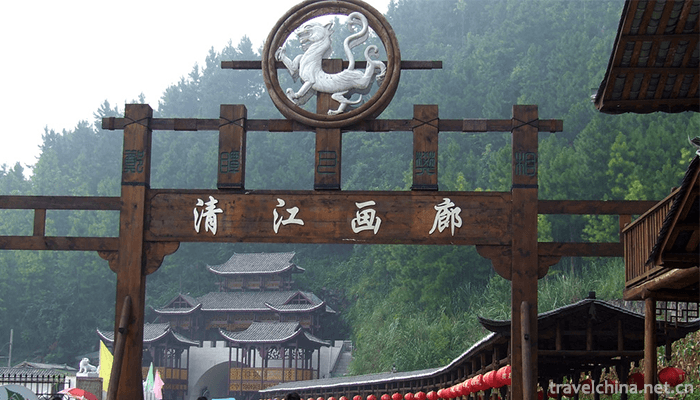
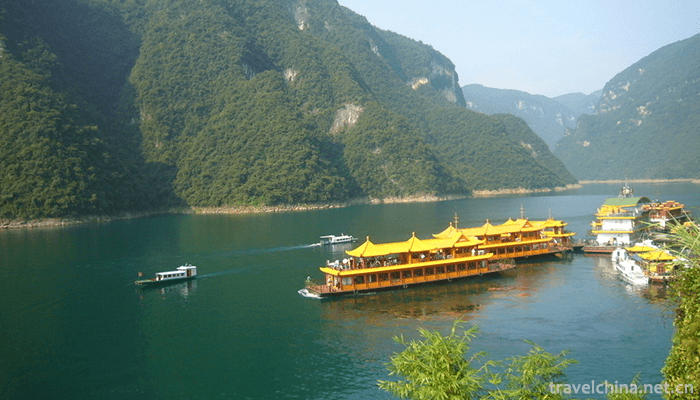
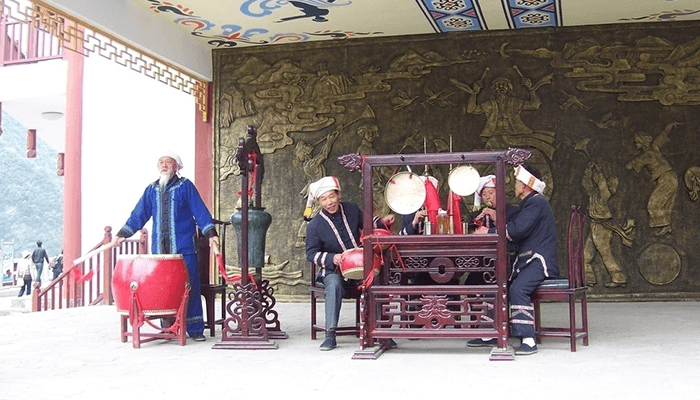
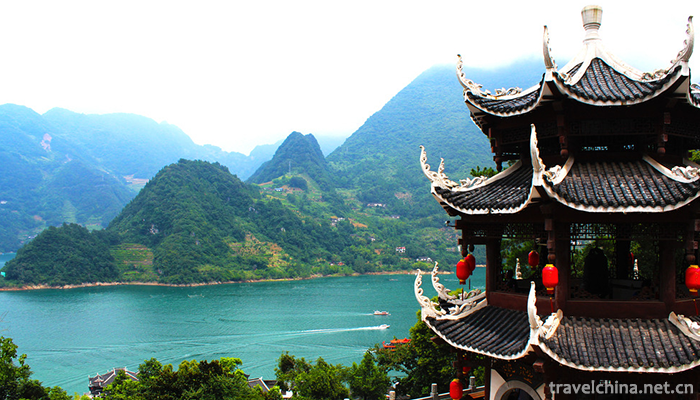
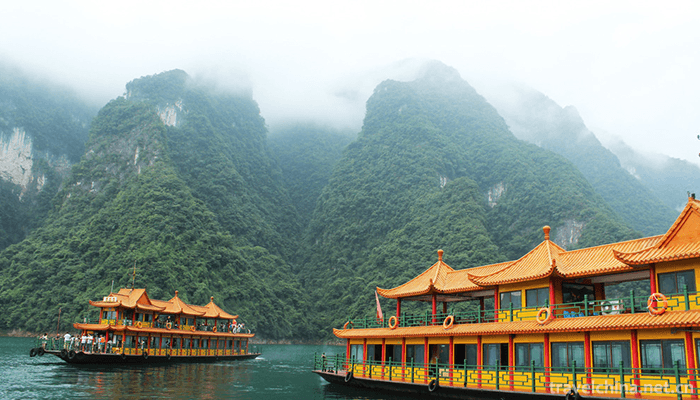
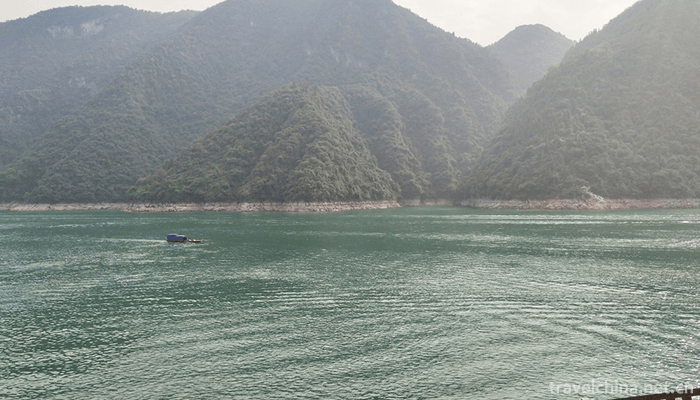
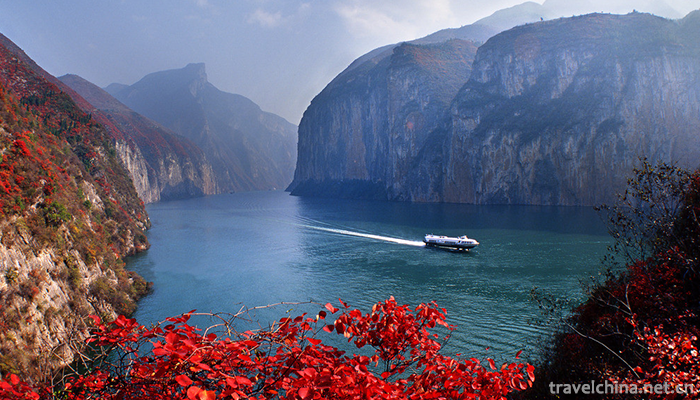

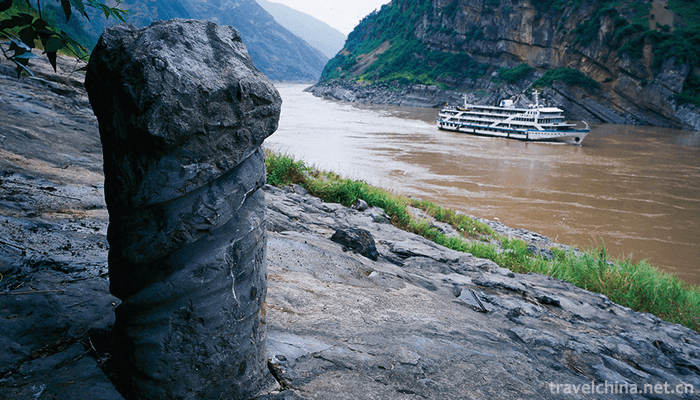
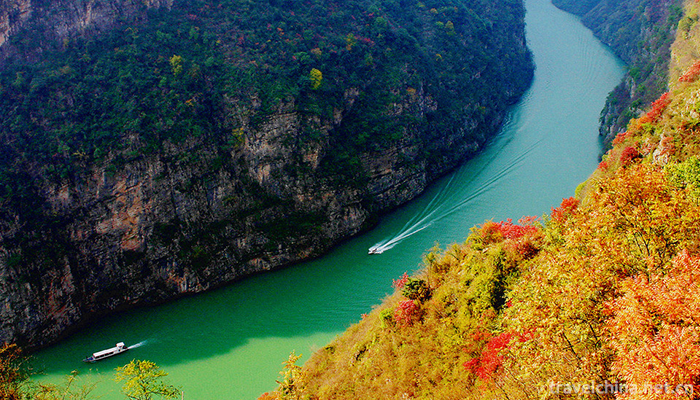
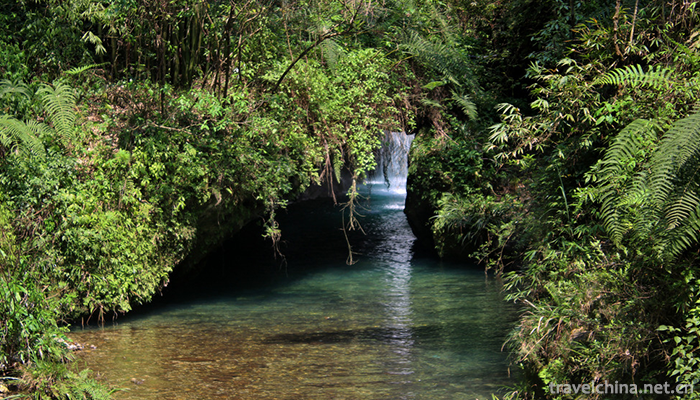
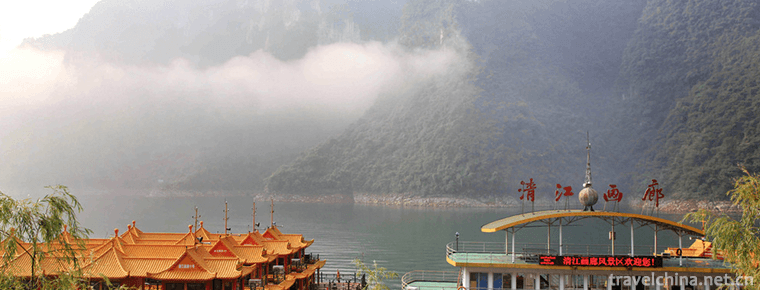
Qingjiang Gallery Scenic Area
-
Mianshan Scenic Area
Mianshan Scenic Spot is a national AAAAA class tourist attraction, a key scenic spot in Shanxi Province, the birthplace of Ching Ming Festival (Cold Food Festival),
Views: 333 Time 2018-11-24 -
Shenzhen Overseas Chinese Town Tourist Resort
Shenzhen Overseas Chinese Town, located in the Rhododendron Hill of Shenzhen Overseas Chinese Town, is the latest generation of large theme parks built by the Overseas Chinese Town after the splendid
Views: 150 Time 2018-12-12 -
Red Liuji Scenic Area
The Red Liuji Scenic Area is located in Liuji Village, Dawang Town. In 1976, the old site of Liuji Branch of the Communist Party of China was declared as a key cultural relic protection unit at the co
Views: 169 Time 2019-01-16 -
baizi opera
Baizi Opera, a local traditional drama in Haifeng County, Shanwei City, Guangdong Province, is one of the national intangible cultural heritage. Baizi opera is a local opera sung in Haifeng and Lufen
Views: 216 Time 2019-04-03 -
Dagudarengrab
Dagudalenglei Biao is the only Creation Epic discovered, sorted out and published by the De'ang people up to now. It is more than 1200 lines long. The epic is different from
Views: 400 Time 2019-04-22 -
Lacquerware Decoration Techniques
Chu-style lacquerware decoration is a traditional folk lacquerware decoration technique. By the Spring and Autumn Period and the Warring States Period, the production technology
Views: 103 Time 2019-06-10 -
Xiamen lacquer line carving skills
Xiamen lacquer line carving technique is to use old brick powder, large paint and cooked tung oil as raw materials to mix, repeatedly beat into soft and resilient clay (commonly known as "lacquer
Views: 103 Time 2019-06-12 -
Shu embroidery
Shu embroidery, also known as Sichuan embroidery, is as famous as Su embroidery, Hunan embroidery and Guangdong embroidery. It is one of the four famous embroidery in China. It is a traditional Chines
Views: 434 Time 2019-06-15 -
Wuzuquan
Wuzu Quan is one of the Nanquan in traditional Chinese boxing. It is said that Cai Yuming (from Quanzhou, Fujian Province, 1853-1910) synthesized Baihe Quan, Monkey Quan, Arhat Quan, Dazun Quan and Ta
Views: 164 Time 2019-06-29 -
Zhongshan Salt Water Song
Salt water song is a form of expression of Guangdong local folk songs, which is mainly spread among farmers and fishermen in the coastal and river network areas of Zhongshan, Panyu, Zhuhai and South C
Views: 102 Time 2019-08-03 -
Chengdu Giant Panda Base tourist service
The tourist center is located 40 meters to the left of the entrance door of the scenic area (first floor of the Giant Panda Museum), with a building area of more than 400 square meters.
Views: 350 Time 2020-12-13 -
Social undertakings in Mianyang
In 2018, Mianyang City applied for provincial science and technology projects and implemented 132 million yuan of free funds. There are 272 high-tech enterprises in the city, including 5 national engineering technology research centers and 19 provincial
Views: 144 Time 2020-12-14
